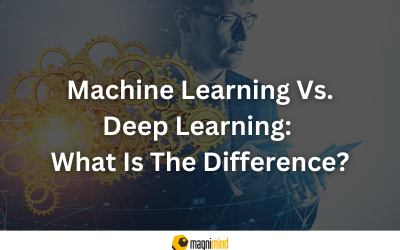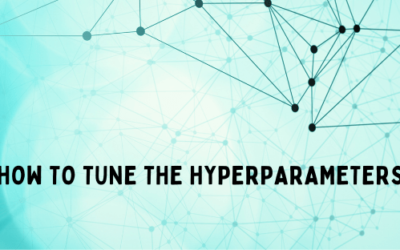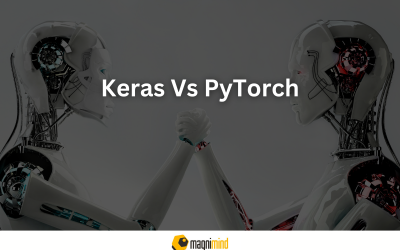In recent years, artificial intelligence and big data have offered a significant number of advantages to businesses together with some new terminologies that every aspiring tech enthusiast should have a clear understanding of. Neural Networks and Deep Learning are two such terms which are often interchangeably used by many people. But in reality, they’re not the same thing. In this post, we’re going to take a closer look at these two to help you develop a proper understanding of them.
What’re neural networks?
In simple words, neural networks can be considered mathematical models loosely modeled on the human brain. Neural networks engage in two distinguished phases. First, comes the learning phase where a model is trained to perform certain tasks. These could be how to perform language translations or how to describe images to the blind. And second comes the application stage where the trained model is utilized. You can think of Spotify sending you a weekly-playlist created by analyzing your music taste. Neural networks come with some fundamental building blocks that include neurons, input, outputs, weights, and biases. Here, each neuron comes with one or multiple inputs together with a single output.
You can use this output as an input to one or multiple neurons or as the entire network’s output. The most intelligent thing about neural networks is the self-learning during the training period of the models. Here, a neural network is given a dataset of inputs (could be text, speech, or images – but everything has to be translated to numbers) and a true answer accompanying every observation set. Now the model learns to find out the true answer based on the inputs it has been presented with. Throughout the learning process, the model would estimate second-hand-values continuously and compare those to the true values. If there’s a large difference, the model parameters get automatically updated to push those estimates closer to true second-hand-values. This process gets repeated until the average difference between true and assigned values becomes adequately small.
What’s deep learning?
You can think of deep learning as the absolute cutting edge of AI (artificial intelligence). Here, the machine trains itself to process, as well as, learn from data. With deep learning, you don’t need to teach machines to process and learn from data, which is the working method of machine learning.
Parting Thoughts
The difference between neural networks and deep learning remains in the model’s depth where the former phrase is used to mention complex neural networks. A deep learning system is simply a self-teaching one that keeps on learning by filtering information via multiple hidden layers, much like the way the human brain works. It’s being assumed by some people that deep learning will automate a significant number of tasks and might replace many human workers in the future. But it’s also important to understand that implementation of deep learning might replace someone who works on repetitive, manual tasks but it just can’t replace the engineer or the scientist developing and maintaining a deep learning application.



